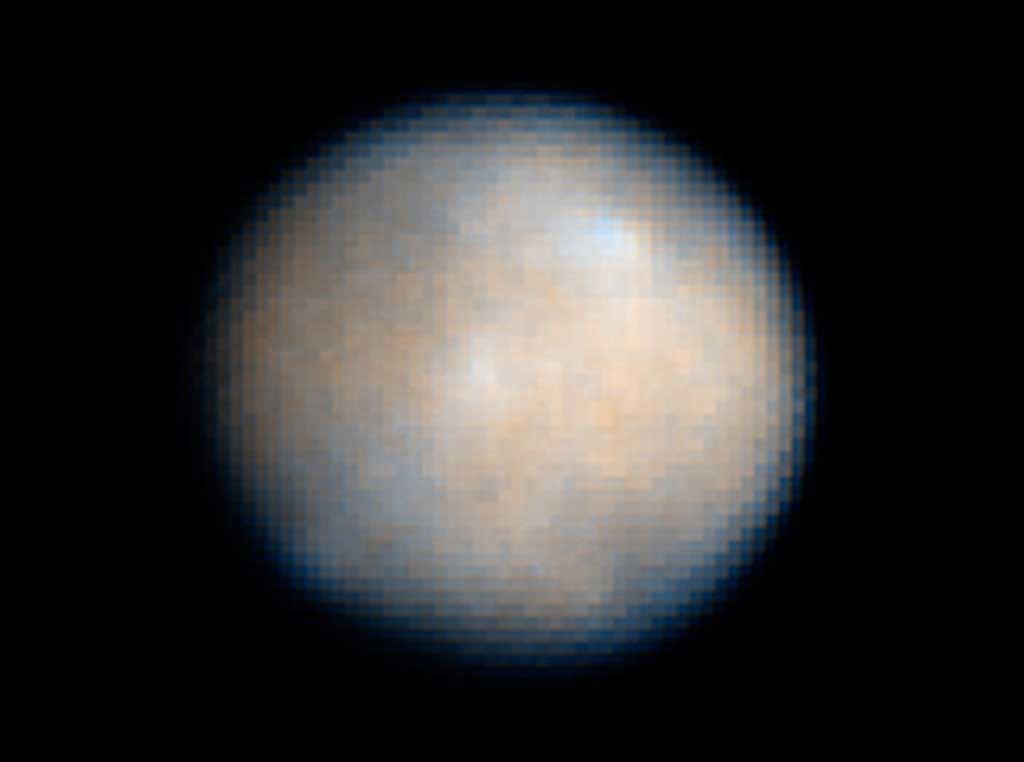How massive must a colliding body be to disturb Earth’s orbit?
Teufenthal, Switzerland
First, let’s talk about what it means to “disturb” Earth’s orbit. Every object that hits Earth changes its orbit a little. Maybe you’re really interested in impacts that would change the planet’s orbit enough that it would affect our everyday life — for example, by causing the year to be one day longer or shorter, or by causing winter to be noticeably warmer.
Now, let’s get into the details of the hypothetical collision. How fast is the object moving with respect to Earth? Does it hit our planet head on, or does it come in from the direction of the Sun or the direction opposite our star, for example? The answer depends on all of these factors.
But to make it simple, let’s say that the body is motionless with respect to the Sun, and simply sitting in the path of Earth’s orbit. That gives it an impact speed of about 67,000 mph (30 kilometers per second), which is within the range of typical impact speeds for asteroids and comets that hit Earth. Let’s say (for simplicity) that Earth’s mass and its orbit’s shape don’t change. And let’s assume that you would notice the disturbance if the length of the year had changed by one day. The laws of motion formulated by German astronomer Johannes Kepler (1571–1630) tell us that a change in Earth’s orbital period of one day corresponds to a change in its orbit’s radius of about 0.2 percent.
For this case, we just need to calculate the energy of the impact, subtract it from the energy of our planet’s orbit, and find out by how many days the orbit changed. That 0.2 percent change in the radius of the orbit amounts to a fractional change in energy of about 0.2 percent as well. For an impact at 67,000 mph (30 km/s) to change the energy of Earth’s orbit by this much, you would need a body with 0.2 percent of Earth’s mass. That’s about one-sixth the Moon’s mass or about 13 times the mass of the largest asteroid in the main belt (Ceres).
Greenbelt, Maryland
[Editor’s note: This article was updated March 8, 2023.]










